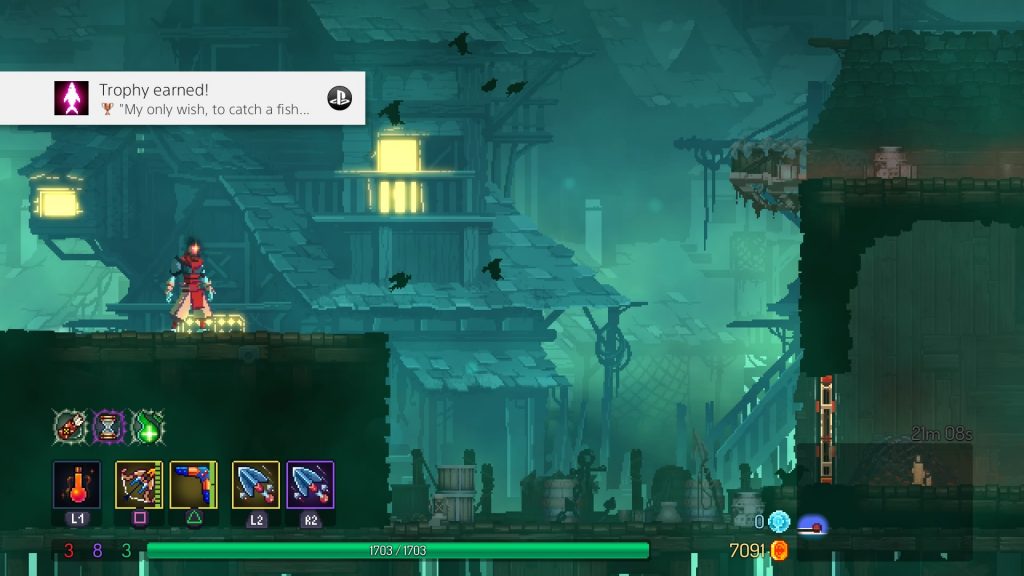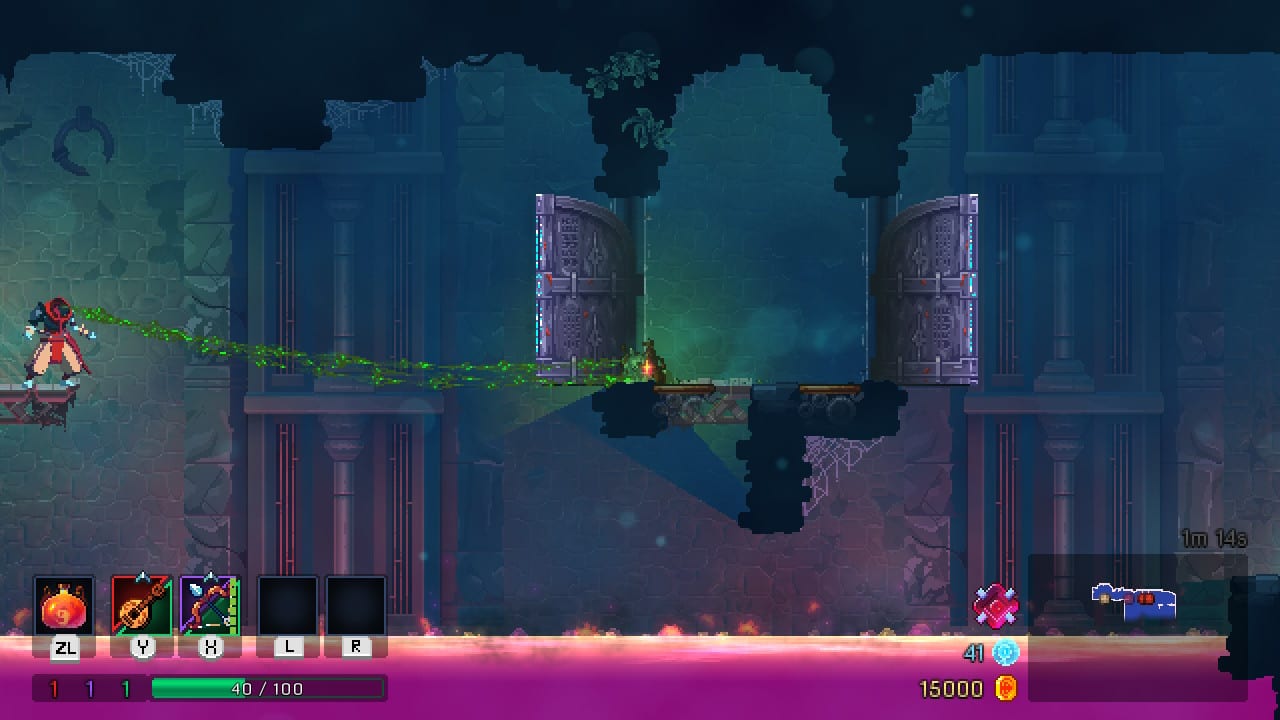

The trail, which features city artifacts, including a relic from the Great Chicago Fire of 1871, sculptures and a native species garden, opened last fall. By June and July of that year, a time when the rookery should have been reaching a “crescendo” of activity, Lardner said all was quiet. Jaffee History Trail at the museum began in spring 2021 on Chicago Park District land. Osorio / Chicago Tribune)Ĭonstruction of the Richard M. Some Lincoln Park residents aren’t fond of their seasonal neighbors, who can be smelly, loud and destructive.īut the area was perfect from a heron’s perspective, away from crowds, filled with overgrown plants and shrubs, and “kind of a little neglected,” Lardner said.īlack-crowned night heron nests where the emerald ash borer has infected trees in Lincoln Park just south of Lincoln Park Zoo in 2014.

Since at least 2014, herons have nested in the trees by the history museum, Lardner said. Before nesting across Chicago urban areas, like Lincoln Park, the birds maintained a strong population in the Calumet River wetland region until invasive plants likely drove them away, said Michael Ward, a professor at the University of Illinois Urbana-Champaign who studies bird ecology and conservation. The bird was a common summer resident in Illinois in the late 1800s but was placed on the endangered species list in the 1970s due to habitat loss and human harassment. The heron serves as an ambassador species, a “charismatic” animal that attracts visitors and can also indicate a larger ecological success, she said. The black-crowned night heron has been spotted across Chicago since at least the early 2000s, from River Park to the South Branch and Bubbly Creek, said Margaret Frisbie, executive director of the organization Friends of the Chicago River. “These processes are not designed, really, to protect habitat.” ‘Mistakes were made’ “These consultation processes are no longer adequate for our 21st-century issues and crises,” said Kerry Leigh, executive director of the Natural Land Institute, a northern Illinois conservation organization.

According to a 2017 analysis of state endangered species laws from the University of California, Irvine, published in the Environmental Law Reporter, most states have inadequate conservation laws to prevent habitat loss and plan for species recovery. In instances like these, IDNR can’t halt projects or require that its recommendations be followed.


 0 kommentar(er)
0 kommentar(er)
